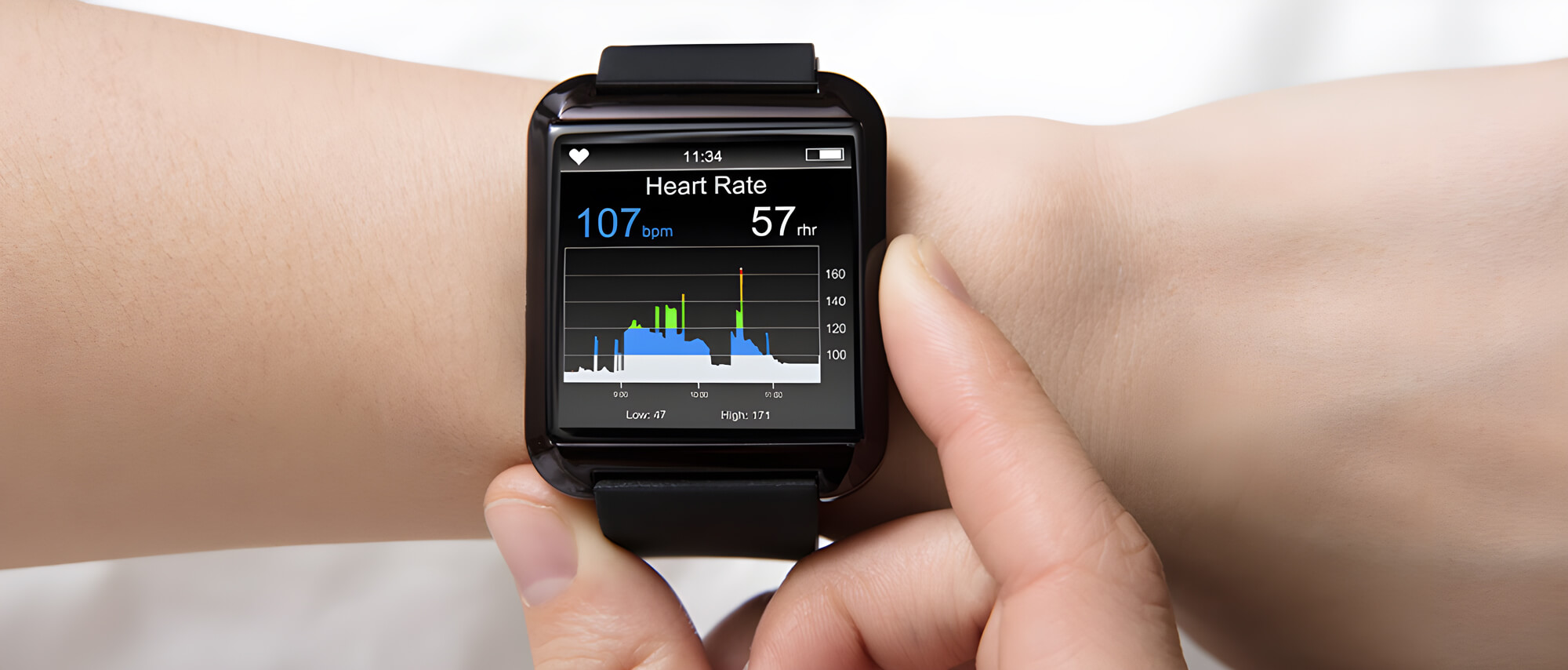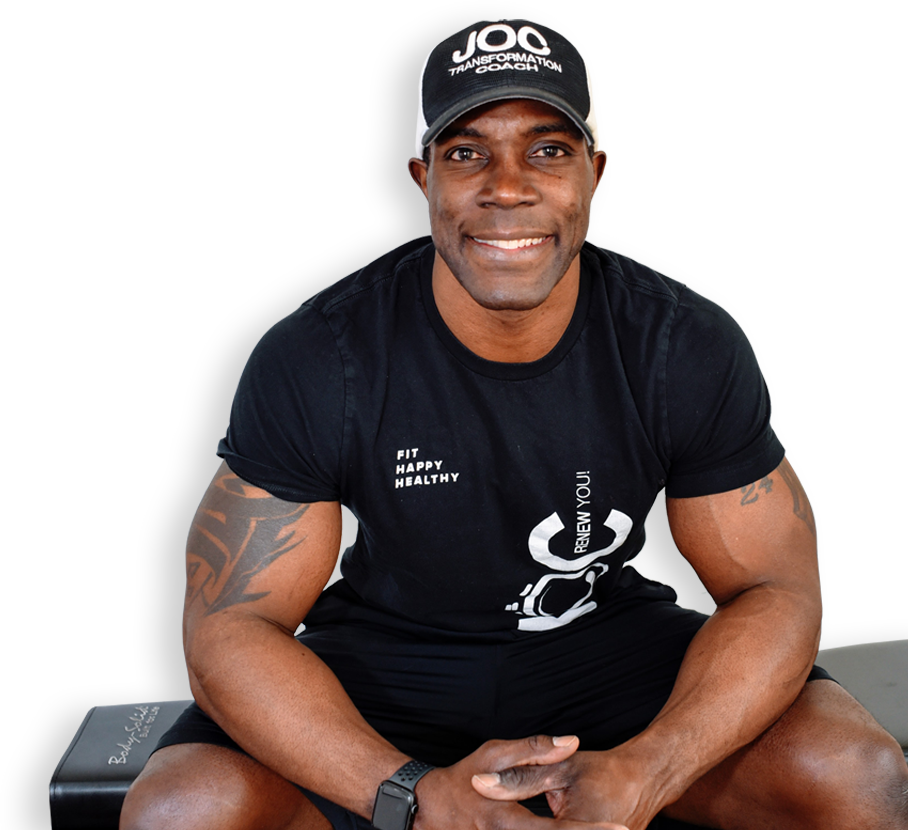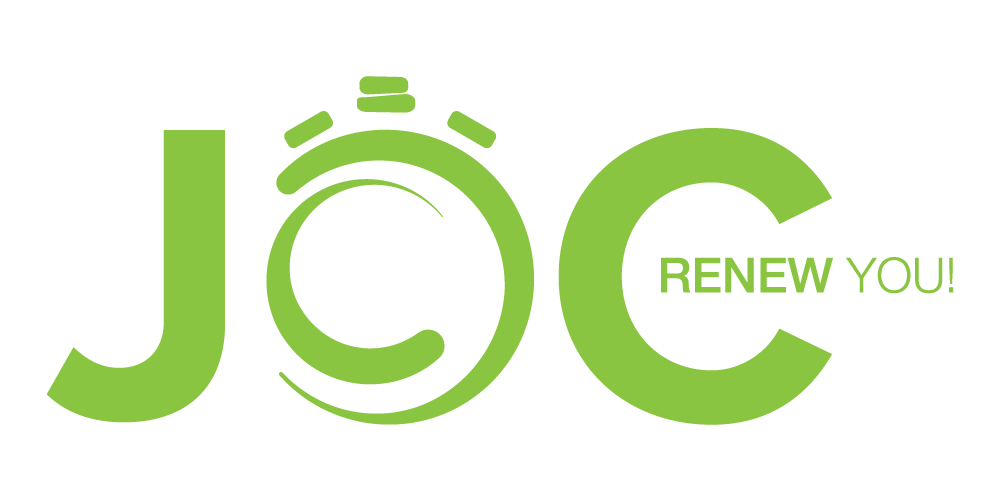Many athletes and trainers tout heart rate monitors as the next best thing for improving workouts.
Undoubtedly, you’ll see many high-level athletes and gym-goers alike using them during their workouts.
Now, there are so many different wearable heart rate trackers available it can be difficult to know which to choose or if they are even necessary at all.
Will a heart rate monitor help you reach your goals as a Superwoman?
Read on to find out everything you need to know about wearable heart rate trackers.

Why Do People Use Heart Rate Monitors?
Every workout impacts each person differently. The best way to determine your workout intensity is to monitor your heart rate. You can use your heart rate information to assess intensity, fitness levels, and overall physical condition.
While heart rate monitoring may seem like something for world-class athletes, it’s becoming far more common for everyday people as well. Wearable heart rate trackers are now available from several brands, making it easier than ever to monitor your heart rate during a workout and all day long.

Why Do People Use Heart Rate Monitors?
Here are some of the top advantages of using a heart rate tracker:
Workout Intensity
Going for an extra hard workout? Or is the aim of today a light session? How can you even determine how hard the workout is? Sweating a lot is not an accurate indicator of intensity, but heart rate is. Knowing your heart rate throughout a workout can help you assess how intense it is.
When you know how intense your exercise is, you can better plan out an effective schedule of low-intensity, moderate-intensity, and high-intensity days to help you meet your goals.

Assess Your Fitness
If part of your goal is to achieve better cardiovascular fitness and overall endurance, you’ll need a way to measure progress. As your aerobic fitness increases, your heart rate can drop more quickly after a workout.
Using a heart rate tracker, you can measure how quickly your heart rate drops during rest time and after a workout. You can simply:
- Note your HR after the exercise
- Rest for 2 minutes
- Check your heart rate
- Subtract the first value from the second to see the difference
As you become more fit, the difference should increase. HR is a clear marker of cardiovascular health, and a tracker makes it much easier to measure your recovery rate.

Real-Time Adjustments
Monitoring your heart rate can give you the motivation to work a bit harder and push yourself when necessary. However, it can also help you realize when to adjust your workout to slow down a bit. You can use your HR to adjust your workout on the fly to ensure you are staying in the intended intensity level.
Track Non-Structured Exercise
People often fail to realize how many calories they burn doing everyday activities. While dedicated exercise can help you meet your fitness goals, it’s not the only way to be active. Heart rate trackers can also help you measure your heart rate and calories burned during non-structured exercises like cleaning, running errands, playing with kids, etc.
When evaluating your metabolism and working toward weight loss, you must look at all of the calories you burn throughout the day (not just during a workout). Tracking your HR can give you a better picture of how many calories you burn throughout the day and which activities keep you the most active.

Are Heart Rate Monitors Accurate?
While there can be many benefits to wearing a heart rate monitor for workouts, the big question is about accuracy. Although many endurance athletes are turning to wrist-worn heart rate monitors, their effectiveness at high levels of exertion was not previously studied in depth.
A 2019 study in the Cardiovascular Diagnosis & Therapy journal examined the accuracy of commercially available heart rate monitors. The studies examined the accuracy of HR monitors at various treadmill speeds. The researchers measured how accurate the different commercial heart rate monitors were compared to a three-lead ECG.
The study found that the Polar H7 chest strap was the most accurate, followed by the Apple Watch III, and then The Fitbit Ionic, Garmin Vivosmart HR, and TomTom Spark 3 all tied for third.
Another study in the Journal of Cardiovascular Diagnosis & Therapy also examined the accuracy of wearable heart rate monitors, but this time for cardiac rehabilitation. The study found that “Across all exercise conditions, the chest strap monitor (Polar H7) had the best agreement with ECG (rc=0.99) followed by the Apple Watch.” However, for the treadmill, the Fitbit Blaze performed best, but it did not on the stationary bike.
Chest straps are more accurate than wearable wrist heart rate monitors. While they may be more convenient and simple, they are not as accurate due to:
- Noise
- Weak measured signal
- Variation of wrists
- Motion

Do I Need a Heart Rate Monitor?
Heart rate monitors can offer some helpful benefits, and there are some (Polar H7 and Apple Watch) that are quite accurate. So, do you need a heart rate tracker to improve your workout?
While some people like them and can leverage them to be helpful, wearable heart rate trackers are not necessary.
You can always take your pulse in a matter of seconds at any point in your workout. While this is not as convenient as a wearable device, it is 100% free. Furthermore, even some athletes do not train with heart rate monitors.

Tips for Getting the Most from a Heart Rate Monitor
You can train effectively to meet your goals without a heart rate monitor. However, many people with different objectives and levels of fitness enjoy using them. That being said, HR trackers are not automatically useful. You must understand how to best use them. Here are a few tips to help:
- Choose an accurate device. Wearable devices are not as accurate as an ECG, but some are closer than others.
- Select relevant workouts. When measuring your HR during a workout, choose the option that best represents what you are doing (biking, running, strength training, etc).
- Wear it correctly. The HRM must be worn with a snug fit. It should also say in the same position throughout the entire duration of the workout.
- Use it as a guide. Use your HR tracker to guide your workouts and assess your progress, but not as law. Understand that it’s not 100% accurate. Don’t use it to compare your intensity or progress to others.
- Work with an expert. Work with someone who understands training zones and can help you leverage your HR data to meet your goals.
A heart rate tracker is a tool, but it is not the only thing you need to become the Superwoman you’re capable of. First and foremost, you need a solid plan built just for YOU. The JOC team is here to help you with your entire body transformation. We empower women to conquer their health and fitness goals through mindset, nutrition, and exercise. Contact us today to learn more about our one-on-one transformation coaching or step up and join the Body Academy here.




